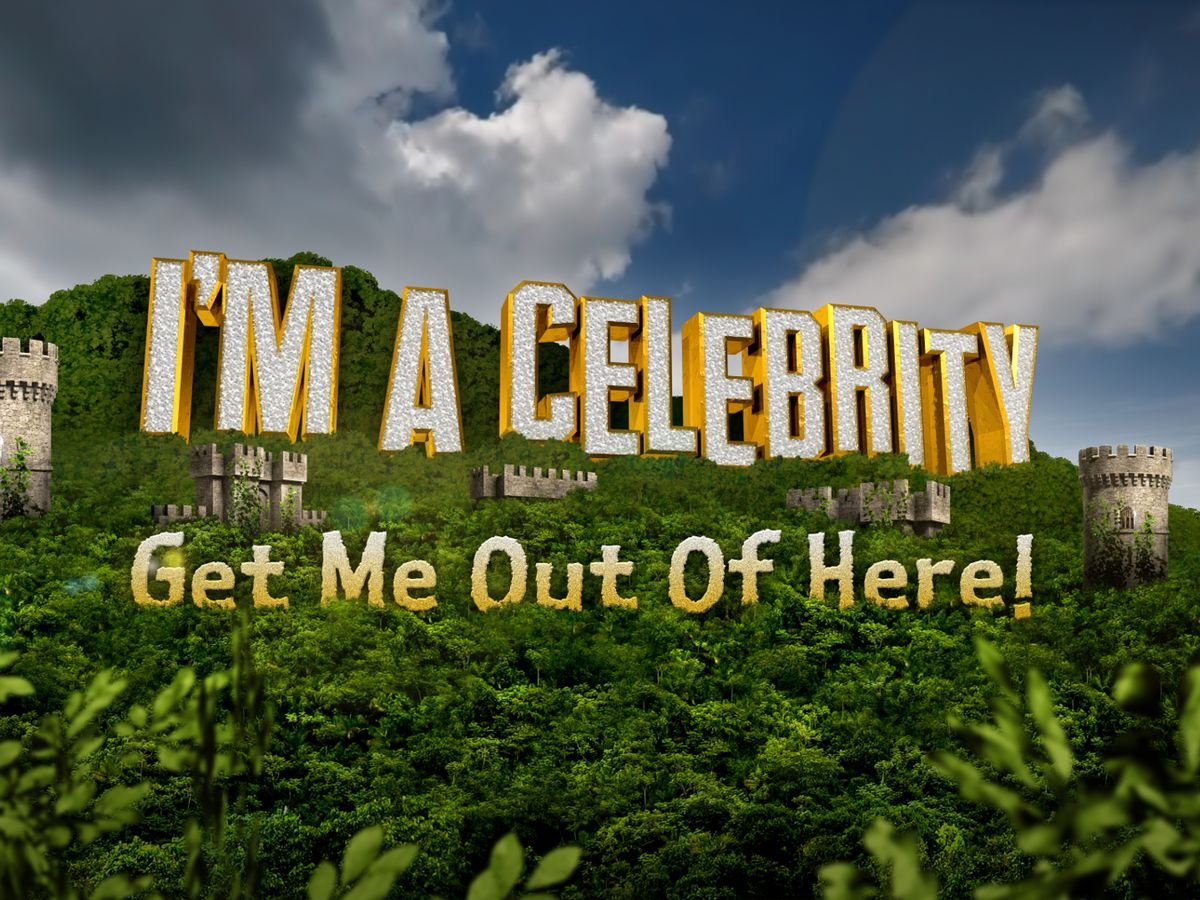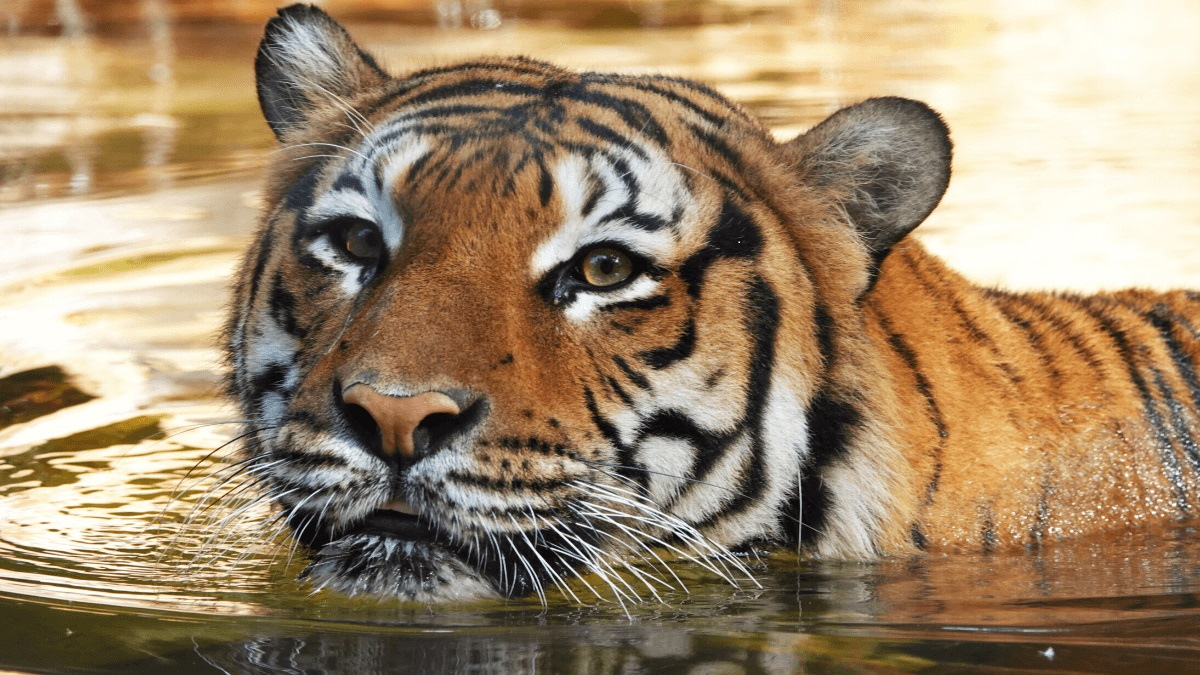-
I’m a Celebrity. 17,000 complaints to UK RSPCA. Why?

The twenty-second series of I’m a Celebrity, of which I haven’t watched twenty-one, has finally ended, with the usual fanfare. It is a show which TV critics believe unites the country in a national conversation and arouses anger over the use of animals. But does anyone really care?
-
Zoo animals need more protection from foolhardy humans.

The demise of Eko, an endangered tiger at Naples zoo, is another example of why zoo animals need more protection from foolhardy human visitors.